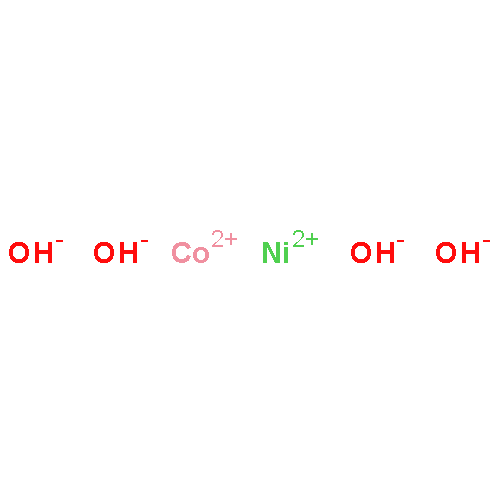Co-reporter: Lian Wan, Junwu Xiao, Fei Xiao, and Shuai Wang
pp: 7735
Publication Date(Web):April 23, 2014
DOI: 10.1021/am5010199
The electrochemical performance of the pseudocapacitive materials is seriously limited by poor electron and ions transport. Herein, an advanced integrated electrode has been designed by growing the pseudocapacitive materials, including CoxNi1–x(OH)2, CoxNi1–xO, and (CoxNi1–x)9S8, on a three-dimensional hollow carbon nanorod arrays (HCNA) scaffold. The HCNA scaffold not only can provide large surface area for increasing the mass loading of the pseudocapacitive materials, but also is with good electrical conductivity and hollow structure for facilitating fast electron and electrolyte ions transport, and thus improve the electrochemical performance. Particularly, in comparison with CoxNi1–x(OH)2 and CoxNi1–xO nanosheets, (CoxNi1–x)9S8 nanosheets on the HCNA scaffold exhibit better electrochemical performance. The discharge areal capacitance of the (CoxNi1–x)9S8/HCNA electrode can be achieved to 1.32 F cm–2 at 1 mA cm–2, ∼1.5 times as that of the CoxNi1–x(OH)2/HCNA electrode. The rate capability performance is also improved. 71.8% of the capacitance is retained with increasing the discharge current density from 1 to 10 mA cm–2, in contrast to ∼59.9% for the CoxNi1–x(OH)2/HCNA electrode. Remarkably, the cycling stability is significantly enhanced. ∼111.2% of the initial capacitance is gained instead of decaying after the 3000 cycles at 8 mA cm–2, while there is ∼11.5% loss for the CoxNi1–x(OH)2/HCNA electrode tested under the same condition. Such good electrochemical performance can be ascribed by that (CoxNi1–x)9S8 exhibits the similar energy storage mechanism as CoxNi1–x(OH)2 and CoxNi1–xO, and more importantly, is with better electrical conductivity.Keywords: (Co, Ni)-based compounds; carbon fiber paper; hollow carbon nanorod array; supercapacitors; three-dimensional; ZnO nanorod array;
